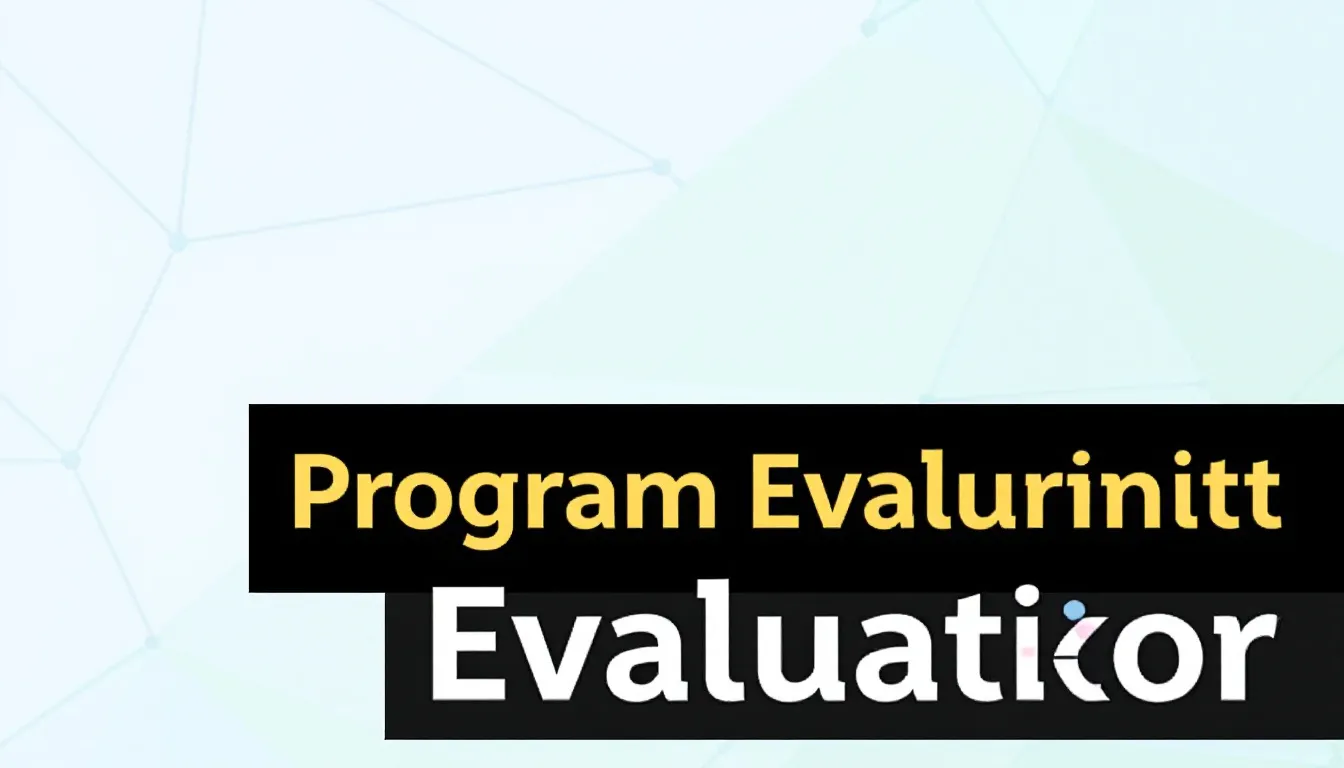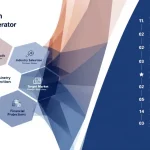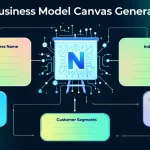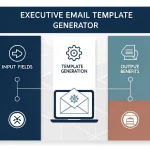Is this tool helpful?
How to Use the Subscription & Loyalty Program Evaluator Effectively
To get a precise evaluation of your business’s subscription model or loyalty program potential, follow these steps when filling out the tool:
- Business Name: Enter your company name. For example, “Clearview Digital Solutions” or “Greenfield Coffee Roasters”.
- Business Type/Industry: Specify your business sector such as “Online Education Platforms” or “Specialty Food Retail”.
- Customer Purchasing Data: Provide detailed insights about your customers’ buying habits—purchase frequency, preferred products, average spend per transaction, and typical customer profiles.
- Program Goals (Optional): Describe objectives for your subscription or loyalty program, like increasing repeat purchases or improving customer retention.
- Implementation Budget (Optional): Enter the budget you have allocated in USD to set up and run the program.
Introducing the Subscription & Loyalty Program Evaluator
This tool analyzes your business data to help identify opportunities for subscription models and loyalty programs tailored to your customers and industry. It uses your input to generate recommendations that improve customer engagement and boost revenue.
By analyzing customer behavior and business goals, the evaluator provides actionable insights that help you design effective programs aligned with your resources and market dynamics.
Benefits of the Evaluator
- Data-Driven Insights: Transform your customer data into clear recommendations for program design.
- Financial Feasibility: Understand potential returns relative to your budget and resources.
- Personalized Strategies: Receive program features suited to your industry and target customers.
- Risk Identification: Identify challenges early for better planning and smoother execution.
Practical Usage of the Evaluator
Once you submit your business and customer data, the tool processes key variables to deliver:
- Suggested program structures (e.g., point-based, tiered membership, subscription packages)
- Projected impact on customer retention and revenue growth
- Cost-benefit analysis tailored to your budget
- Recommendations to optimize customer engagement
Example Calculations for Your Understanding
Customer Retention Impact is estimated using this formula:
$$ Retention\ Impact = (Current\ Retention\ Rate + Program\ Lift) \times Annual\ Customer\ Value $$Revenue Projection calculations use:
$$ Projected\ Revenue = (Average\ Transaction\ Value \times Purchase\ Frequency) \times (1 + Program\ Engagement\ Rate) $$These calculations help you visualize how your loyalty or subscription program can improve key business metrics.
Use Cases Demonstrating the Evaluator’s Value
E-commerce Business Scenario
An online pet supplies store inputs:
- Business Type: E-commerce Retail
- Customer Data: Average purchase $40, 3 purchases per year
- Goals: Increase purchase frequency to 5 times per year
- Budget: $8,000
The evaluator recommended a tiered subscription plan offering exclusive deals and free shipping perks, projecting a 20% increase in annual revenue.
Hospitality Industry Example
A boutique hotel uses the tool with:
- Business Type: Boutique Hotel
- Customer Data: 60% booking return rate, average stay value $250
- Goals: Boost return bookings to 75%
- Budget: $12,000
The evaluator suggested a loyalty rewards program combined with premium subscription packages for exclusive amenities, enhancing guest retention rates.
Implementation Strategies Based on Evaluation Results
Crafting Your Program Structure
- Design point-based reward systems that motivate frequent purchases
- Create tiered membership levels to encourage customer upgrades
- Offer subscription packages providing convenience and exclusivity
- Combine different program elements into hybrid models to fit diverse customer needs
Enhancing Customer Engagement
- Develop clear reward structures that customers find motivating
- Use targeted communication channels for program promotion
- Allocate member benefits strategically to maximize loyalty
- Implement ongoing program marketing to sustain interest and participation
Frequently Asked Questions About the Evaluator
Which businesses benefit most from this tool?
Businesses with regular customer transactions—such as retail outlets, service providers, restaurants, and online sellers—can leverage this evaluator to improve customer loyalty and revenue.
How long does program implementation usually take?
Depending on the complexity and your business size, implementing the recommended program typically takes between 4 to 12 weeks.
What is the minimum customer base necessary?
You can start effective loyalty programs with as few as 100 regular customers, though larger customer bases usually yield greater benefits.
Can I adjust the program after launch?
Yes, optimizing your program based on customer feedback and performance data improves long-term success.
How do subscription models differ from traditional loyalty programs?
Subscription models generate recurring revenue through ongoing payments, while loyalty programs reward specific customer behaviors and purchases.
What ROI can I expect?
Return on investment varies, but well-executed programs generally increase customer lifetime value by 15-25%.
Advanced Features and Business Considerations
Integration Capabilities
- Compatibility with point-of-sale (POS) systems for seamless data flow
- Easy integration with customer relationship management (CRM) platforms
- Support for mobile apps to enhance customer accessibility
- Connectivity with email marketing tools for targeted communication
Scalability Analysis
- Forecasting growth and increased program demand
- Assessing resource needs for expanded operations
- Evaluating technology infrastructure requirements
- Measuring operational capacity to handle scaling
Tracking Success Metrics for Continuous Improvement
Key Performance Indicators to Monitor
- Member engagement rates reflecting active participation
- Customer lifetime value showcasing long-term profitability
- Program participation percentages indicating adoption levels
- Revenue impact measurements linked to program effectiveness
Methods for Regular Program Assessment
- Monthly performance reviews to track trends and progress
- Customer feedback analysis to gather qualitative insights
- Redemption rate tracking to evaluate reward effectiveness
- ROI calculations for financial performance measurement
Important Disclaimer
The calculations, results, and content provided by our tools are not guaranteed to be accurate, complete, or reliable. Users are responsible for verifying and interpreting the results. Our content and tools may contain errors, biases, or inconsistencies. Do not enter personal data, sensitive information, or personally identifiable information in our web forms or tools. Such data entry violates our terms of service and may result in unauthorized disclosure to third parties. We reserve the right to save inputs and outputs from our tools for the purposes of error debugging, bias identification, and performance improvement. External companies providing AI models used in our tools may also save and process data in accordance with their own policies. By using our tools, you consent to this data collection and processing. We reserve the right to limit the usage of our tools based on current usability factors.







